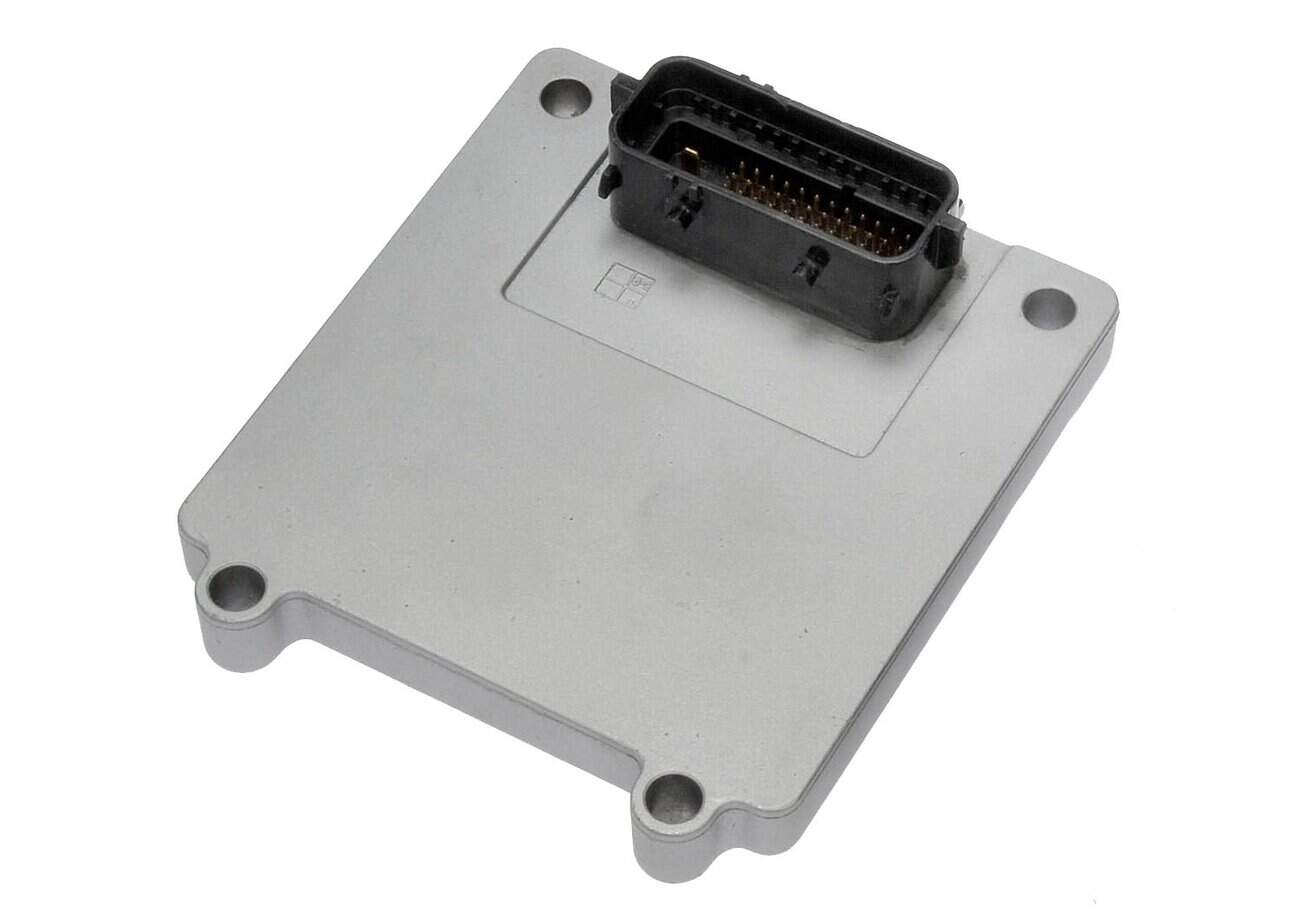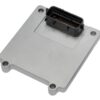Restore Your SUV’s Shifting Performance and Reliability
If you’re dealing with the headaches of a faulty transmission in your 2006 GMC Envoy XL, you’re not alone. Over my two decades in automotive diagnostics, I’ve seen countless GM vehicles, from hardworking Sierra trucks to family-hauling Tahoes, sidelined by a failing Transmission Control Module (TCM). The symptoms are unmistakable: harsh, unpredictable shifting, getting stuck in ‘limp mode,’ or a dashboard lit up with transmission-related warning lights. This isn’t just an annoyance; it’s a critical failure that compromises your vehicle’s performance and safety.
The solution is this OEM-quality T42 Transmission Control Module, part number 24241806. This isn’t just a replacement part; it’s a complete, ready-to-install fix. We pre-program each module to your vehicle’s specific VIN, loading the latest GM software updates. This crucial step ensures perfect communication between the engine and transmission, eliminating the need for an expensive and time-consuming trip to the dealership for programming. You get a plug-and-play solution that restores the crisp, smooth shifting you expect from your Envoy XL.
A Technician’s Notebook
I remember a customer with a 2007 Chevy Silverado who was quoted nearly $3,500 for a transmission rebuild. His truck was shifting violently between 1st and 2nd gear and throwing a P0752 (Shift Solenoid ‘A’ Stuck On) code. He’d already replaced the solenoid, but the problem persisted. I suspected the TCM. We plugged in one of our VIN-programmed T42 modules, and within 30 minutes, the truck was shifting like it just rolled off the factory floor. It was a classic case of a faulty driver circuit inside the TCM, not a mechanical failure in the transmission. That simple swap saved him thousands and got his work truck back on the road immediately.
Is Your Envoy XL Exhibiting These Telltale Signs?
A failing TCM can manifest in several ways. If you’re experiencing any of the following, there’s a high probability your module is the culprit. This 2006 Envoy XL TCM is designed to correct these exact issues.
- ✔ Harsh, slamming shifts or erratic gear changes.
- ✔ Vehicle is stuck in a single gear (often 2nd or 3rd), also known as limp mode.
- ✔ The Check Engine Light or Transmission Warning Light is illuminated.
- ✔ Diagnostic Trouble Codes (DTCs) like P0700, P0750, P0751, or other solenoid-related codes are present.
- ✔ Delayed engagement when shifting from Park to Drive or Reverse.
- ✔ Poor fuel economy and a feeling of lost power.
- ✔ Complete loss of communication with the transmission module.
Your 30-Minute Path to Smooth Shifting
One of the best features of this module is its straightforward installation. You don’t need to be a professional mechanic to get this job done. For the 2006 Envoy XL, the TCM is typically found in the engine compartment on the driver’s side. Here’s a simple guide:
- Safety First: Disconnect the negative terminal from your vehicle’s battery to prevent any electrical shorts and to help reset the system.
- Locate the Module: Find the TCM in the engine bay. On your Envoy XL, it’s usually on the left-hand (driver’s) side. It’s a silver box with electrical connectors.
- Disconnect and Remove: Carefully unplug the electrical harnesses. Then, unbolt the module from its mounting bracket.
- Install the New Module: Bolt the new, pre-programmed TCM into place and securely reconnect the harnesses. You’ll hear a click when they’re properly seated.
- Final Steps: Reconnect the battery terminal. While not always necessary, it’s good practice to use a basic OBD2 scan tool to clear any stored fault codes after the installation.
Verified Fitment for Your General Motors Vehicle
While this page focuses on the 2006 Envoy XL TCM, this T42 module is compatible with a wide array of GM vehicles equipped with 4-speed automatic transmissions like the 4L60E, 4L65E, and 4L70E. Please verify your model and options below. This part is a direct replacement for multiple service numbers, including 24242391, 24234503, 24252114, and YNXS.
Partial Fitment List:
- ENVOY XL: 2006 (8 cylinder, LH engine compartment)
- TRAILBLAZER: 2006-2009 (8 cylinder, LH engine compartment)
- CHEVROLET SILVERADO 1500: 2007-2013 (Next to battery)
- GMC SIERRA 1500: 2007-2013 (Next to battery)
- CHEVROLET TAHOE: 2007-2009 (Next to battery)
- GMC YUKON: 2007-2009 (Next to battery)
- CHEVROLET IMPALA: 2006-2011 (Lower air cleaner housing)
- HUMMER H3: 2008-2010 (RH rear engine compartment)
- …and many more models from Buick, Cadillac, Pontiac, Saturn, and Saab.
Frequently Asked Questions
Why is VIN programming so important?
VIN programming loads your vehicle’s specific factory calibration file onto the module. This ensures the TCM knows your engine size, axle ratio, and tire size, allowing for precise shift points, torque converter lockup, and fuel efficiency. Without it, the transmission will not function correctly.
Is this a plug-and-play part?
Yes! Because we program it to your VIN before shipping, it is a true plug-and-play solution. No additional programming or trips to the dealer are required. Just install it and you’re ready to go.
Do I need to return my old TCM (core charge)?
No, there is no core charge for this part. You can keep your old module or dispose of it responsibly without any hassle or extra fees.
What kind of warranty is included?
This transmission control module comes with a one-year warranty, giving you peace of mind and confidence in your repair.
Will this fix a P0700 trouble code?
A P0700 code is a general transmission fault request, meaning the TCM has detected a problem and asked the main computer (ECM/PCM) to turn on the check engine light. This module often resolves the underlying issue (like a solenoid circuit fault) that causes the P0700 code to be set.
What if I install it and still have problems?
While this module fixes the most common transmission electronic failures, shifting problems can also be caused by mechanical issues (like worn clutches or bad solenoids). If problems persist, it’s a strong indicator that the issue lies within the transmission itself, and you’ve successfully ruled out the electronics.


